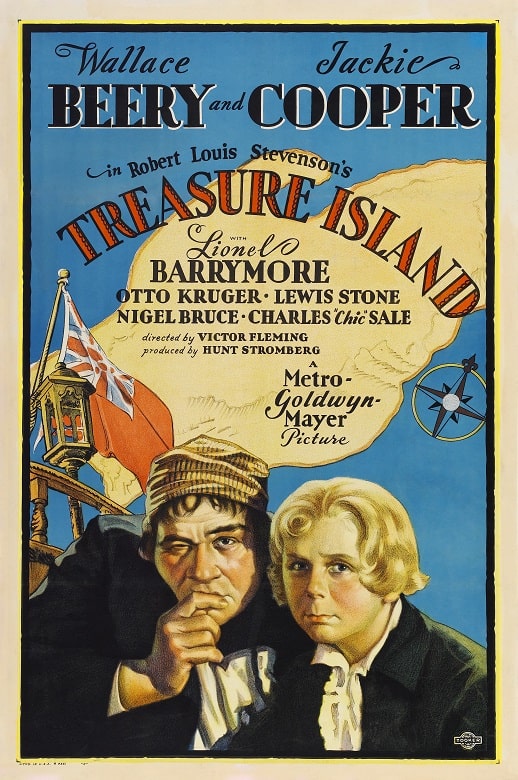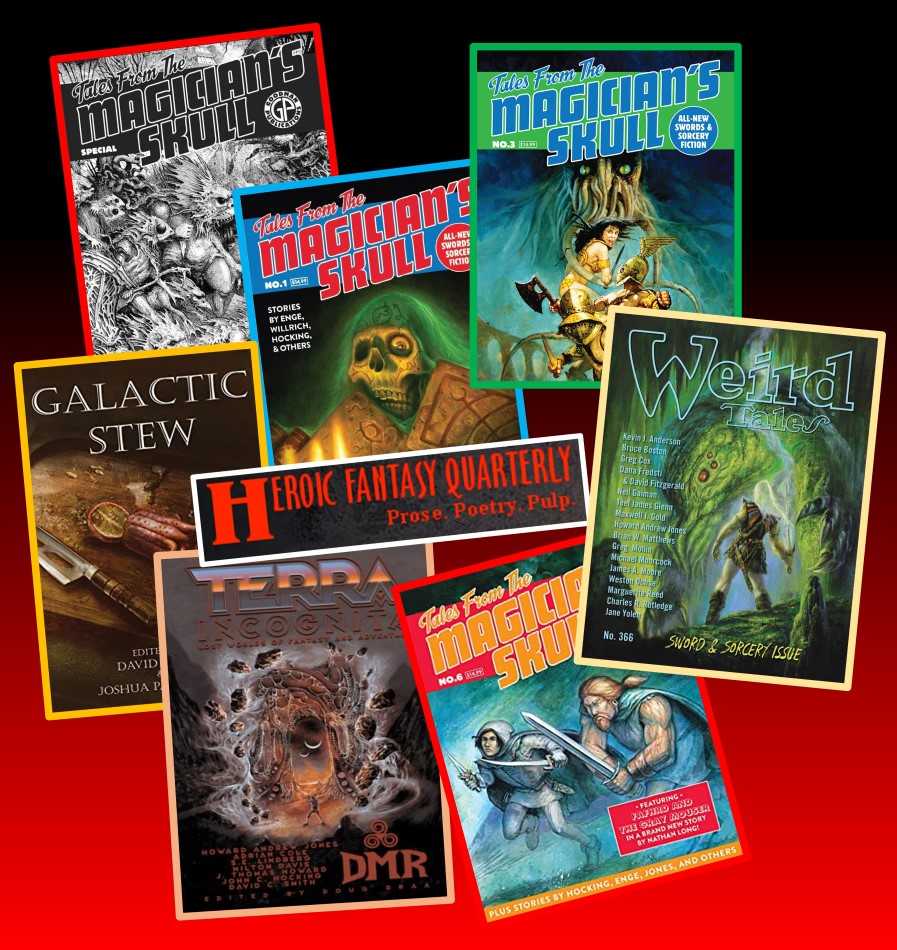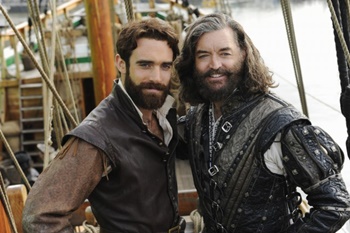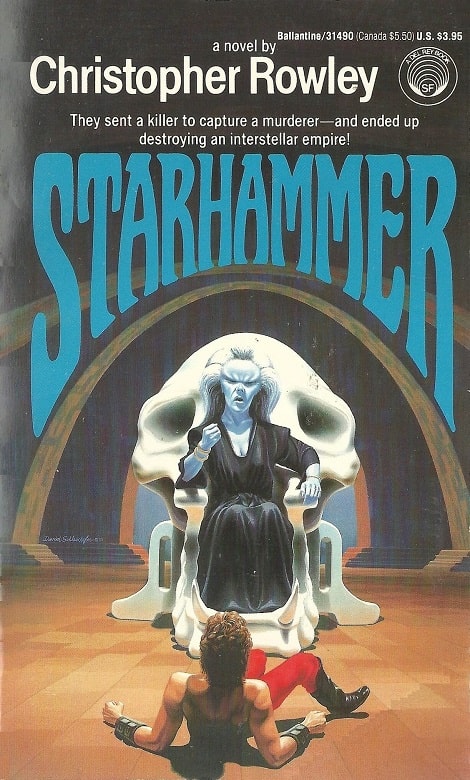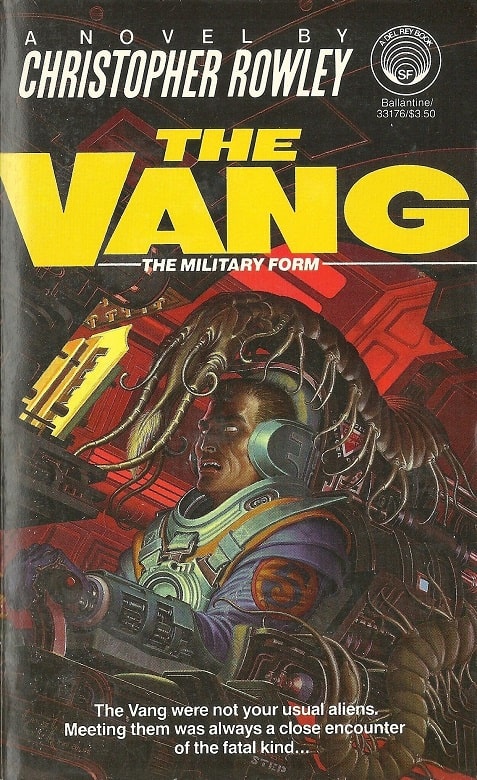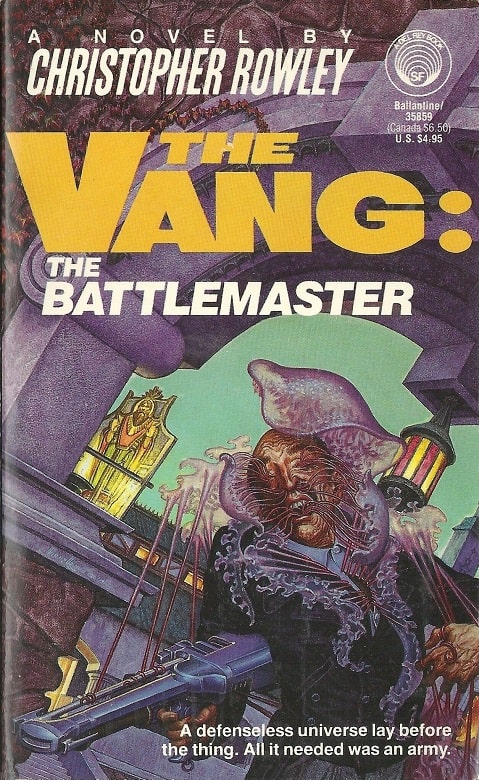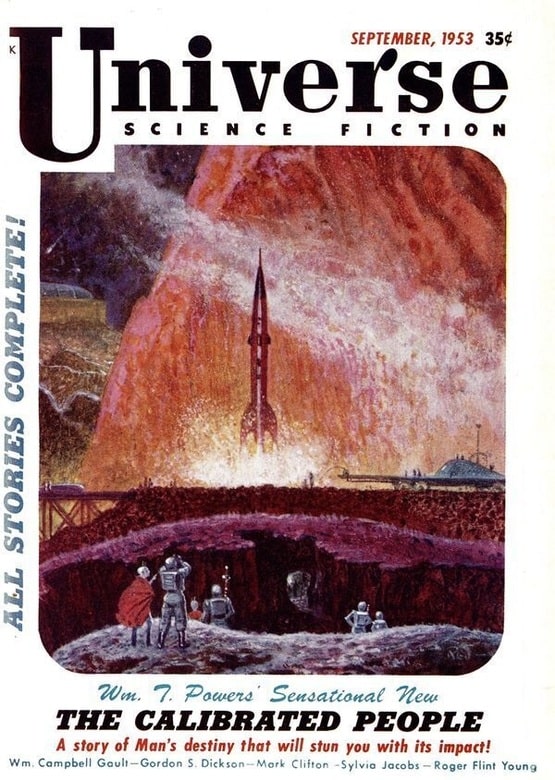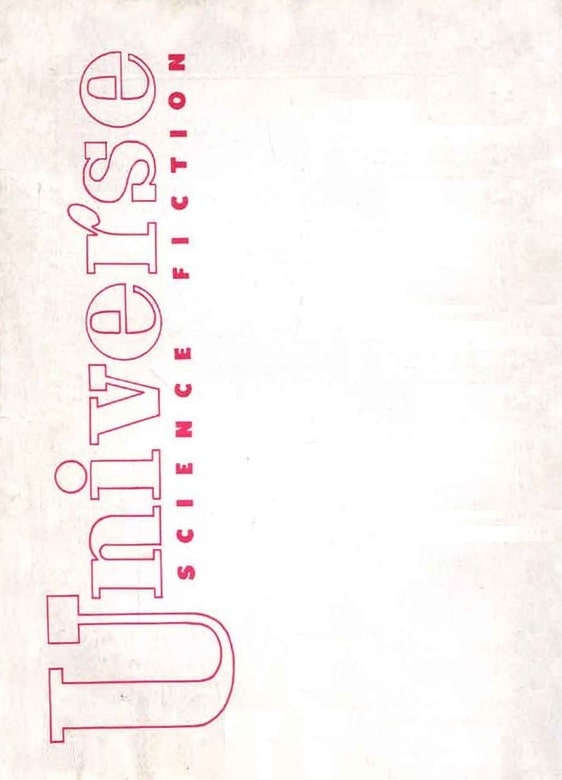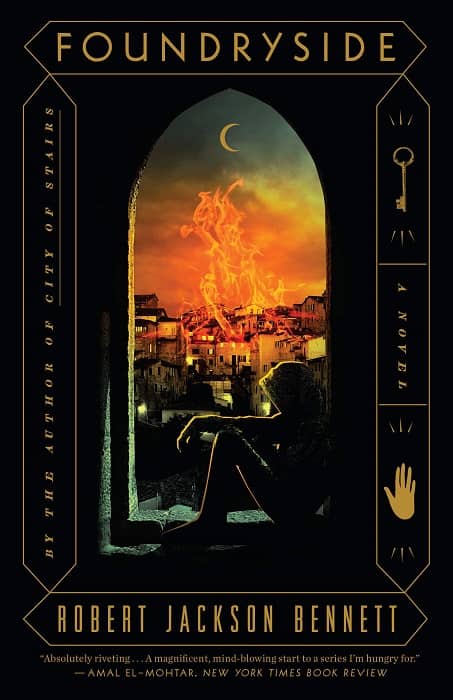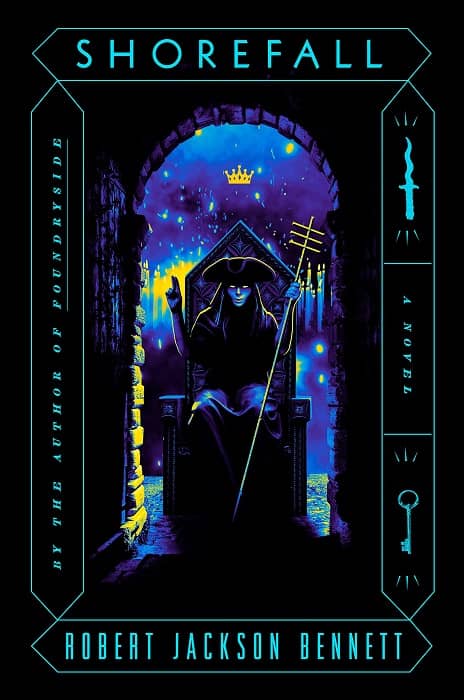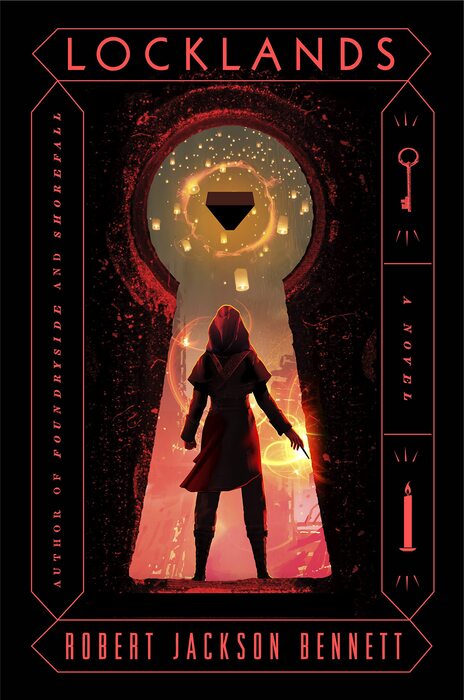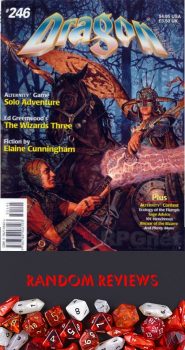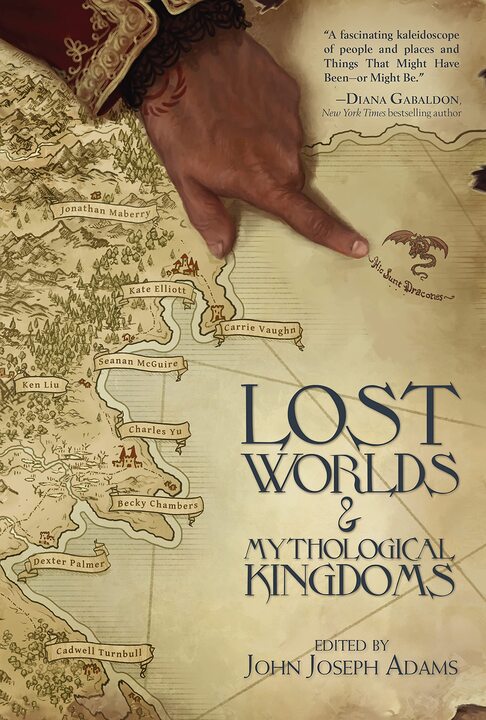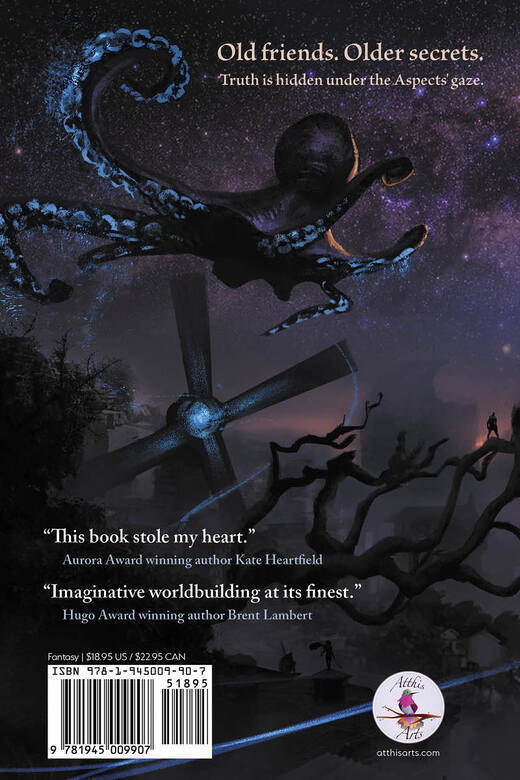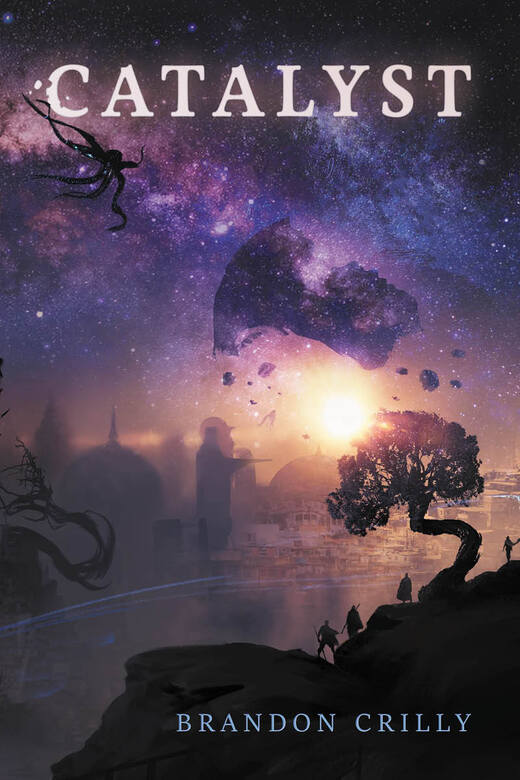Ellsworth’s Cinema of Swords: Swashbucklin’ Talkies
Treasure Island (1934)
Swords in hand, swashbucklers strode across the silver screen throughout the silent era, especially in the Twenties, when Hollywood budgets grew large enough to encompass grand historical spectacles. Then sound came in circa 1930, and swashbucklers went out, in part because early microphones didn’t record well outside, so most of the first “talkies” were filmed on interior sound stages — not the best venues for historical action.
But historical adventure films were saved by the insatiable American (and for that matter, European) appetite for Westerns. Rootin’, tootin’ horse operas had to be shot outside, so the problem of miking away from a sound stage had to be solved. By 1934, the technical issues had been sorted out, and swashbucklers were back on the screen, led by a trio of hits in The Count of Monte Cristo, The Scarlet Pimpernel, and the first talkie version of Treasure Island. This week we’re going to enjoy a look at the latter, and follow it up with two other notable Thirties swashbucklers.
